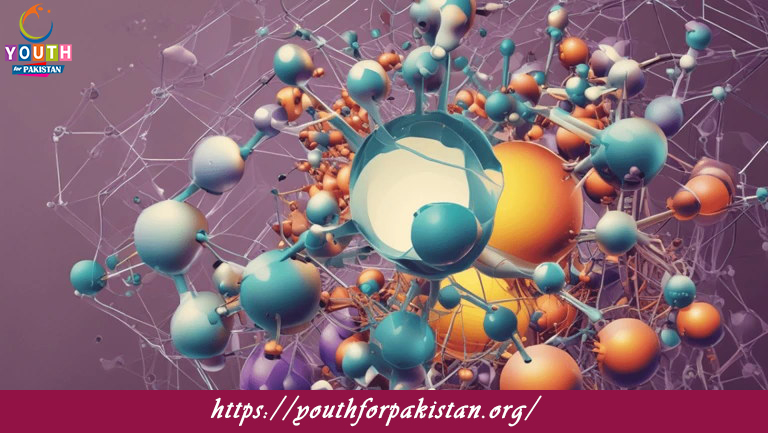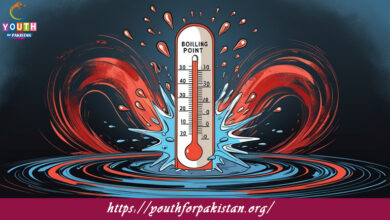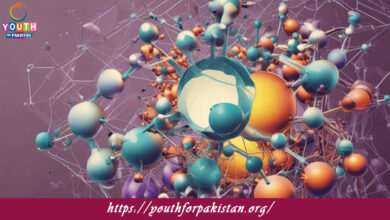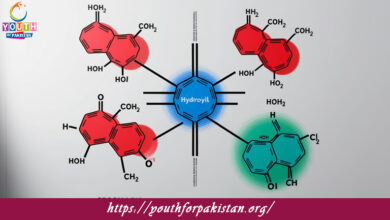Sp2-Hybridization MDCAT Quiz with Answers
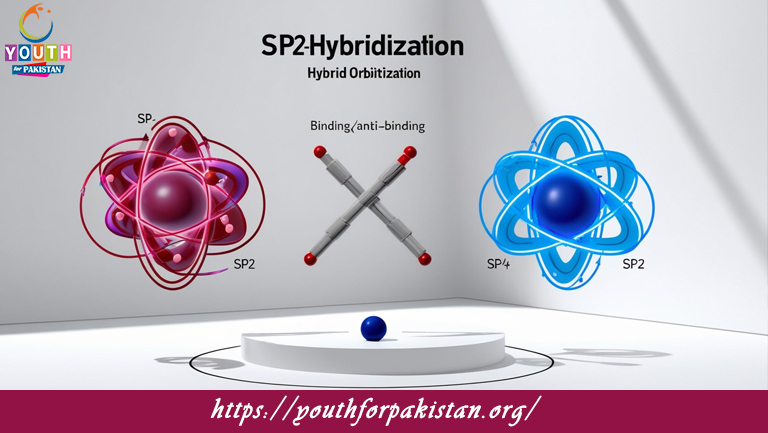
Sp2-Hybridization MDCAT Quiz: Geometry of molecules when the central atom forms three bonds with other atoms. The concept is important to understand the molecular shapes, bond angles, and structure of molecules with double bonds. In order to answer the MDCAT Quiz questions, particularly those dealing with organic chemistry, molecular geometry, and the nature of chemical bonds, a strong understanding of sp² hybridization is a must.
H2: Concept of sp² Hybridization
sp² hybridization occurs when one s orbital and two p orbitals of the same atom combine to form three equivalent hybrid orbitals. These sp² hybrid orbitals arrange themselves in a trigonal planar geometry with bond angles of approximately 120°. The remaining p orbital which does not participate in hybridization overlaps side-by-side with a p orbital from another atom to form a pi bond. This type of hybridization is usually found in molecules containing double bonds, such as ethene (C₂H₄). In ethene, each carbon atom undergoes sp² hybridization to form three sigma bonds (two with hydrogen and one with the other carbon), and the remaining unhybridized p orbital forms a pi bond between the two carbon atoms, resulting in a double bond.
H3: Quiz on sp² Hybridization
The MDCAT Quiz on sp² hybridization will test students’ knowledge in recognizing molecules containing sp² hybridized atoms and determining their molecular geometry. Students will have to predict the geometry of molecules like ethene (C₂H₄), formaldehyde (CH₂O), and benzene (C₆H₆), in which the central atoms undergo sp² hybridization. The quiz will also gauge students’ knowledge of how the formation of pi bonds contributes to the stability and properties of these molecules. Practicing these quiz questions will help students to strengthen their knowledge of sp² hybridization and prepare for any related questions that may appear in the MDCAT exam.
H2: Examples of sp² Hybridized Molecules
A number of molecules show sp² hybridization, the knowledge of the structure and bonding in them is quite essential for MDCAT preparation. Examples include:
Ethene, C₂H₄: Each carbon atom in ethene undergoes sp² hybridization, which forms three sigma bonds with two hydrogen atoms and one with the other carbon atom. The remaining p orbital on each carbon forms a pi bond, resulting in a double bond between the carbon atoms. The molecule has a trigonal planar geometry with 120° bond angles.
Formaldehyde—CH₂O: The carbon atom in formaldehyde is singly bonded to the oxygen atom via sp² hybridization, making two sigma bonds with the hydrogen atoms and one sigma bond with the oxygen atom. A sigma and a pi bond together make the carbon-oxygen double bond, and the molecule assumes a trigonal planar geometry.
Benzene (C₆H₆): The six carbon atoms in benzene are sp² hybridized. Each carbon forms sigma bonds with other adjacent carbon and hydrogen atoms. The remaining p orbitals on the carbons overlap to form a conjugated system of pi bonds that lead to the delocalized electron cloud characteristic of benzene. Its structure is planar with 120° bond angles.
H3: Free Flashcard for sp² Hybridization
To help reinforce their understanding of sp² hybridization, MDCAT students can use the Free Flashcard for this topic. The flashcards provide a concise summary of the sp² hybridization process, its effect on molecular geometry, and examples of molecules like ethene and benzene. By reviewing the flashcards regularly, students can improve their ability to identify sp² hybridized atoms and predict the properties of molecules. This tool is perfect for quick revision and ensuring a solid understanding of sp² hybridization before the MDCAT exam.
Experience the real exam environment with our expertly designed collection of over 25,000 MCQs MDCAT Mock Tests.



